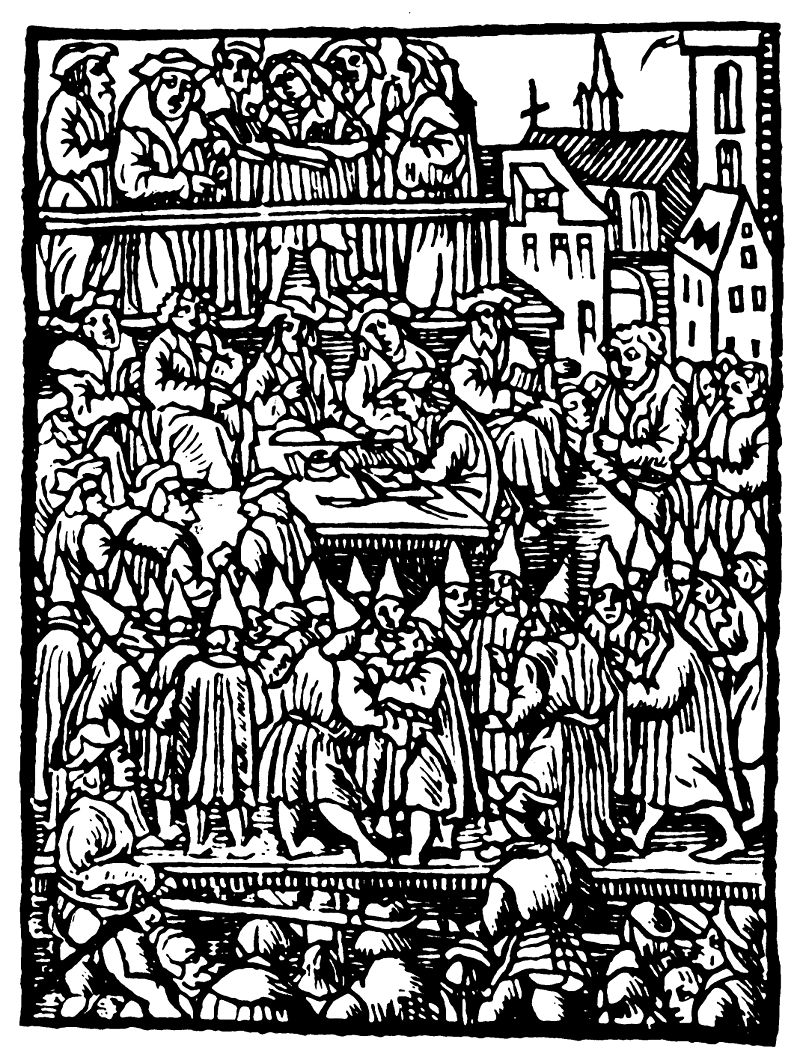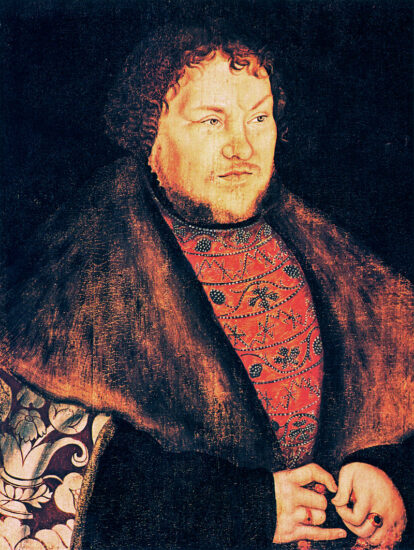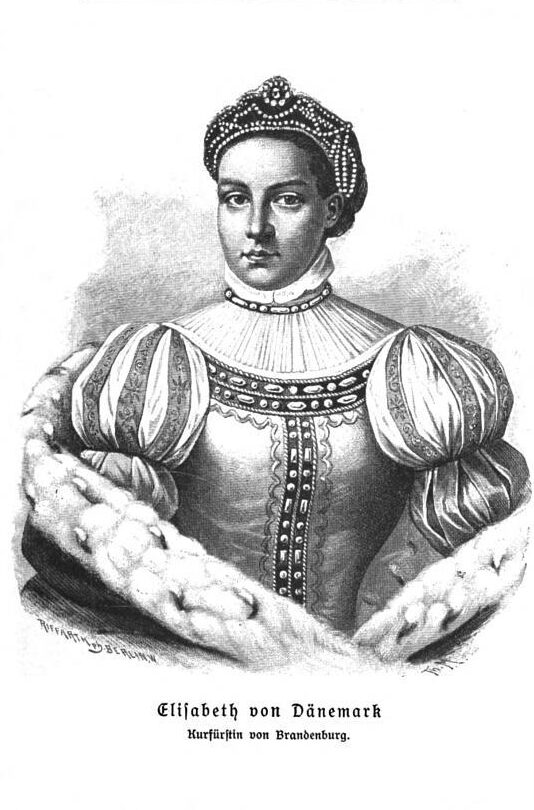Puberty
With the help of Berlin’s Schützengilde a well-armed upper-class brotherhood, consisting mainly of councilors, merchants, and craftsmen, the Hohenzollern margraves managed to subdue the powerful robber barons like Johann von Quitzow who had managed to impose their own rules in the Mark of Brandenburg during the last part of the 14th century. That would help Berlin take the place of Brandenburg as the metropolis of the principality.
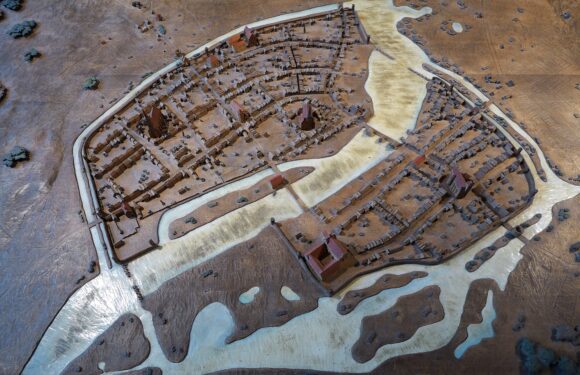
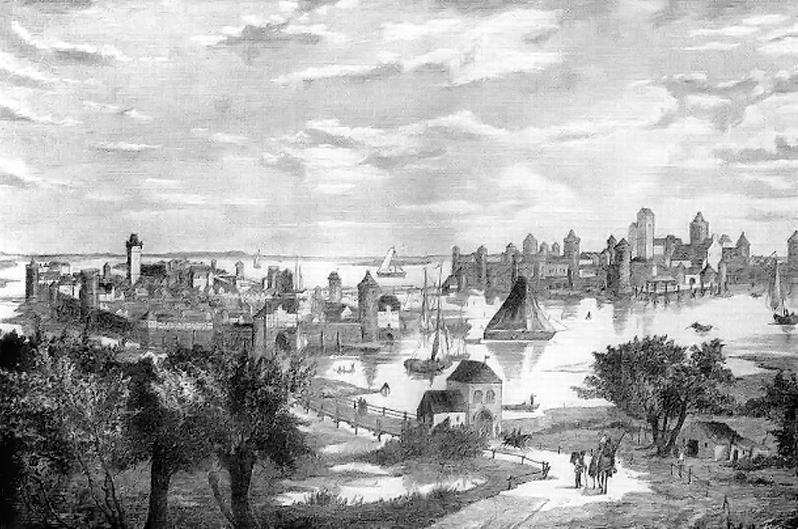
In 1432 Kölln and Berlin finally merged into one town. Ten years later Margrave Friedrich II forced the city council to secure a place for him in Kölln to build his new castle. In 1443 Frederick II laid the foundations of Berlin’s Stadtschloss in a section of swampy wasteland north of Kölln but the people and the council were not in accordance.
When the dispute evolved into an open revolt Frederick revoked most of the privileges that had been endowed to the twin cities. After the castle in 1451, Frederick who was now nicknamed “the Iron” (der Eiserne) and sometimes “Irontooth” (Eisenzahn) moved to the Stadtschloss (City Castle) from the town of Brandenburg. With the new castle and its garrison, he would completely control the two cities until the end of his reign in 1471.
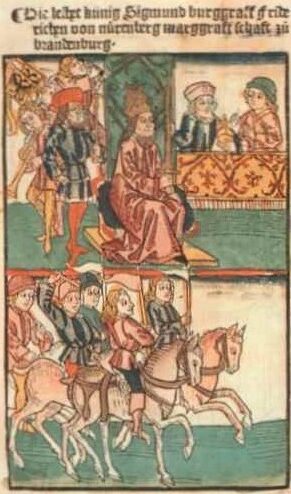
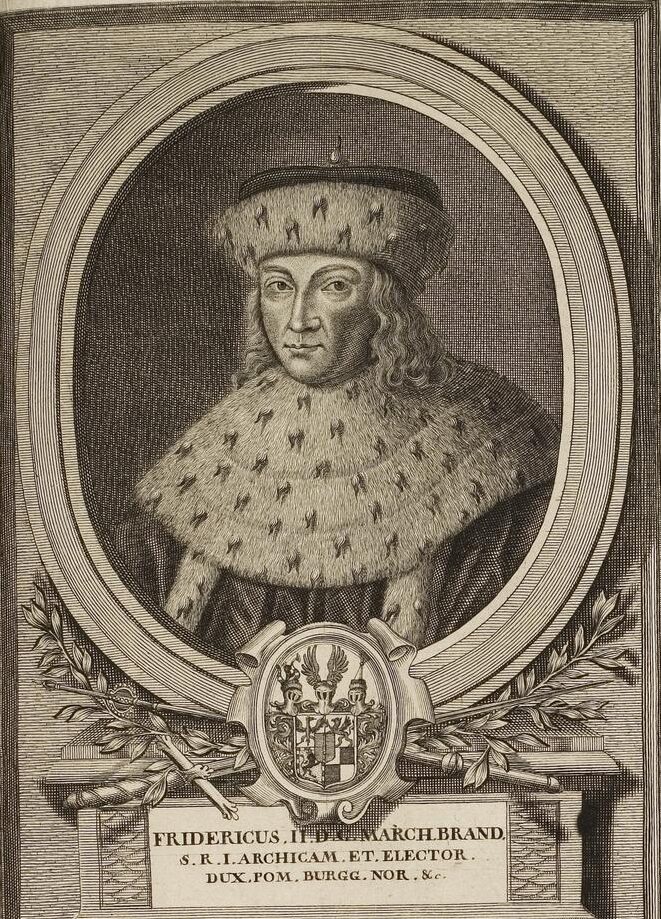
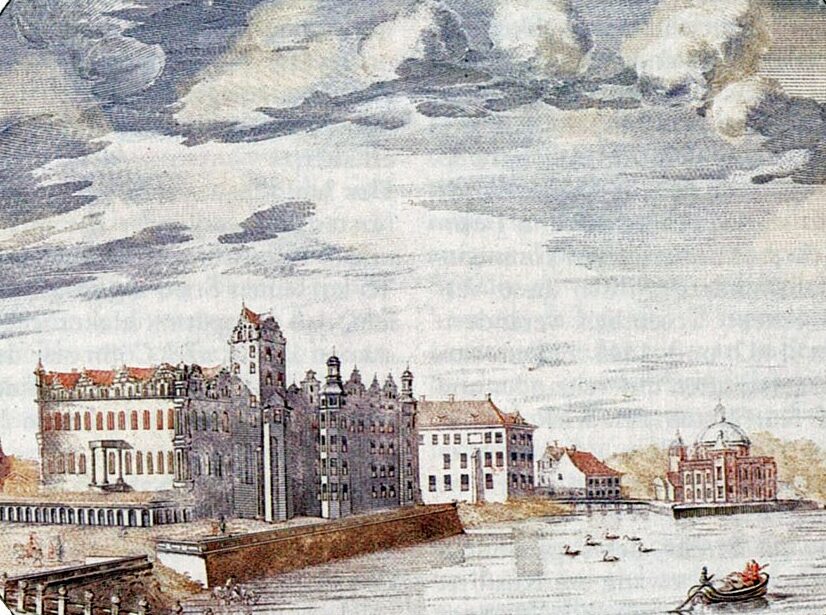
In June 1510, based on false statements by a Christian church thief, more than 100 members of Jewish families were arrested and, after painful interrogation, the trial of 41 of them was opened. The verdict was announced on July 19, 1510, on the Neuer Markt in front of the Marienkirche in Berlin. 38 innocent Jews were burned on a stake in front of the city on the same day, and two more were beheaded the following day. Subsequently, all of the Brandenburg Jews had to leave the country on the instructions of Elector Joachim I (r.1499-1535), leaving behind their property.
The invention of the printing press in the mid-15th century had helped the Reformist ideas spread in Germany like wildfire after 1517 but Joachim was a fervent opponent of the Reformation despite the fact his wife, the Danish princess Elisabeth leaned towards the Lutheran doctrine and fled from her husband to Wittenberg in 1528. In his will, written in 1534, Joachim urged his heirs to keep the Mark Brandenburg for all time in the Catholic faith. His heir Joachim II would not follow his father’s will.
